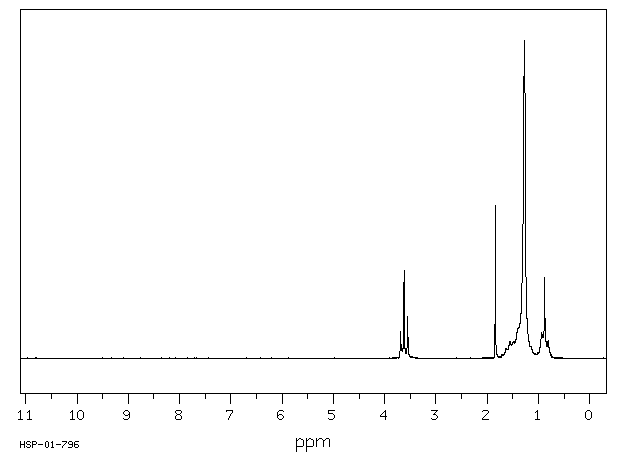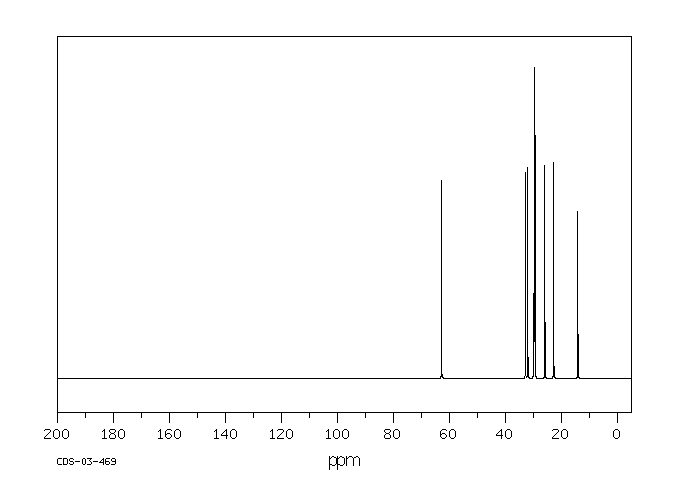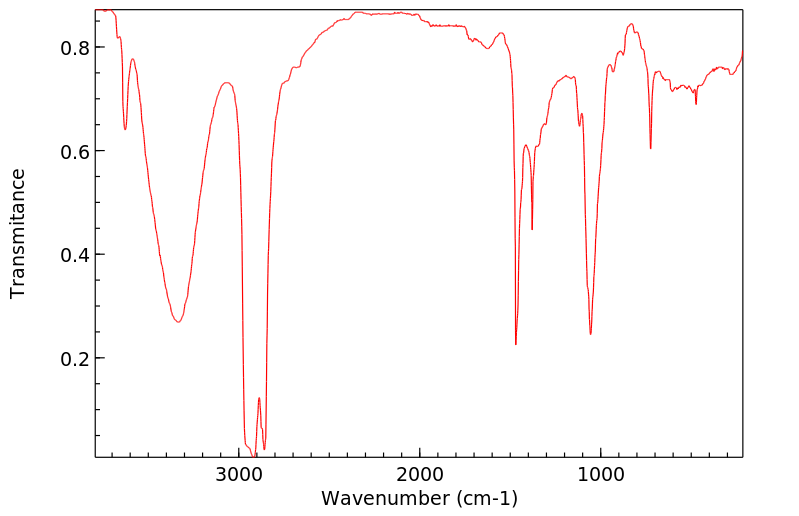毒理性
识别和使用:1-癸醇是一种无色至水白色的液体,具有甜美的花香或果香。它被用作生产酯和香精的化学中间体,并作为食品中的人工香料。它还用于合成洗涤剂、润滑添加剂、药品、化妆品、橡胶和纺织品。它在美国被注册为杀虫剂使用,但批准的杀虫剂用途可能会定期更改,因此必须咨询联邦、州和地方当局以获取当前批准的用途。人类暴露和毒性:对25名志愿者进行了最大化测试,使用的是含有3%浓度的凡士林。没有受试者出现敏感。动物研究:当在怀孕的第1-19天每天通过吸入给药7小时(1-癸醇每天6小时)给大约15只怀孕大鼠时,几乎没有发育毒性的证据。1-十二醇在Ames试验中无论是否经过代谢激活都不是致突变剂。然而,它相当细胞毒性,并且可测试的最大浓度为50微克/板。在另一项研究中,据报道,在Vicia faba暴露14小时后,它会减少细胞有丝分裂活性并引起染色体和有丝分裂装置的结构变化。在接受1-十二醇腹腔注射八周的小鼠中,总剂量达到12.0克/千克,与对照组相比,肺部肿瘤率没有统计学上的显著增加。生态毒性研究:1-癸醇以5至7升/公顷的剂量抑制了蚊子卵的孵化。在一剂量为3至7升/公顷时,杀死了第一、第三和第四龄幼虫。第一龄幼虫对醇的敏感性高于较老的幼虫。
IDENTIFICATION AND USE: 1-Decanol is a colorless to water-white liquid with a sweet floral or fruity odor. It is used as a chemical intermediate in the production of esters and fragrances and as an artificial flavor in foods. It also finds use in synthetic detergents, lube additives, pharmaceuticals, cosmetics, rubber, and textiles. It is registered for pesticide use in the U.S. but approved pesticide uses may change periodically and so federal, state and local authorities must be consulted for currently approved uses. HUMAN EXPOSURE AND TOXICITY: A maximization test was carried out on 25 volunteers using a 3% concentration in petrolatum. No subject became sensitized. ANIMAL STUDIES: There was little evidence of developmental toxicity when 1-decanol was administered, by inhalation, for 7 hours per day (6 hours/day for 1-decanol) on gestation days 1-19 to approximately 15 pregnant rats. 1-Dodecanol was not mutagenic in the Ames test with or without metabolic activation. However, it was rather cytotoxic, and the maximum concentration that could be tested was 50 ug/plate. In another study it was reported to diminish cell mitotic activity and cause structural changes to chromosomes and the mitotic apparatus in Vicia faba after 14 hours exposure. Mice receiving i.p. injections of 1-dodecanol for eight weeks at total doses of up to 12.0 gm/kg showed no statistically significant increase in lung tumor rate relative to controls. ECOTOXICITY STUDIES: The hatching of mosquito eggs was inhibited at a dosage of 5 to 7 liters/hectare by 1-decanol. First, third and fourth instar larvae were killed at a dosage of 3 to 7 liters/hectare. First instar larvae were more sensitive to the alcohols than the older larvae.
来源:Hazardous Substances Data Bank (HSDB)











